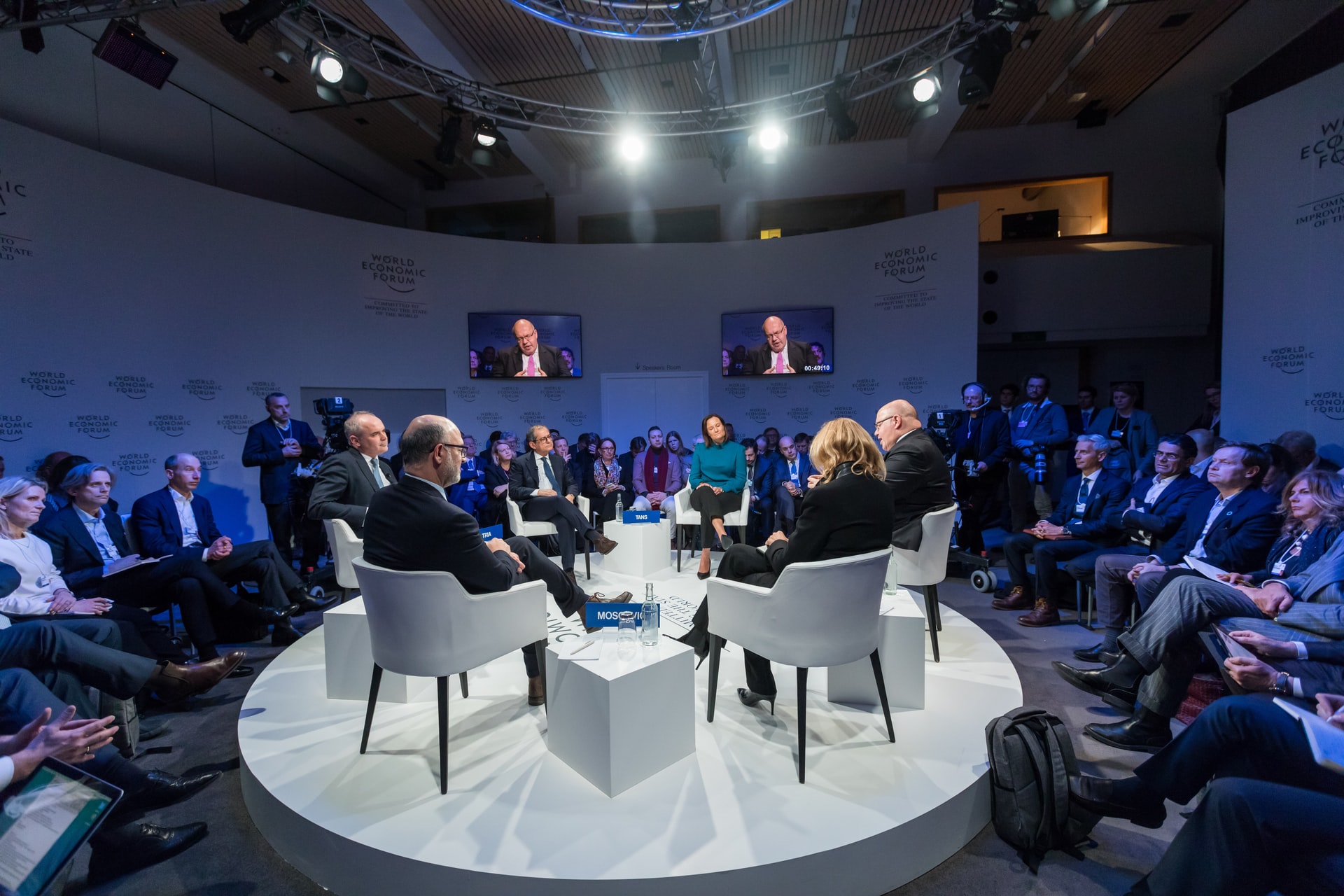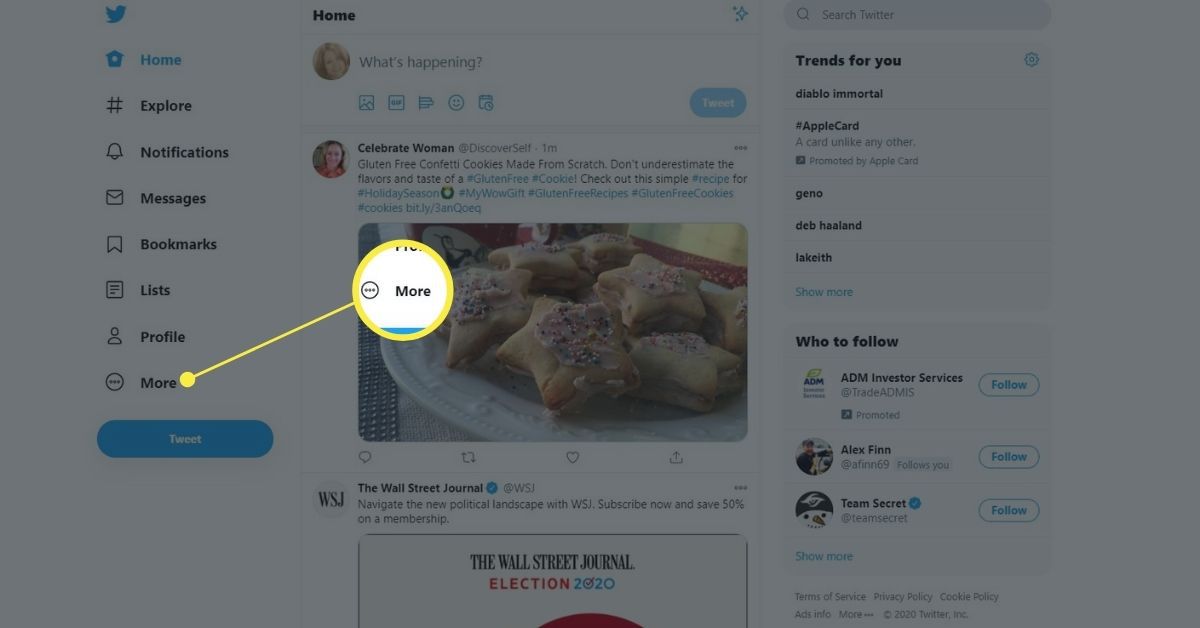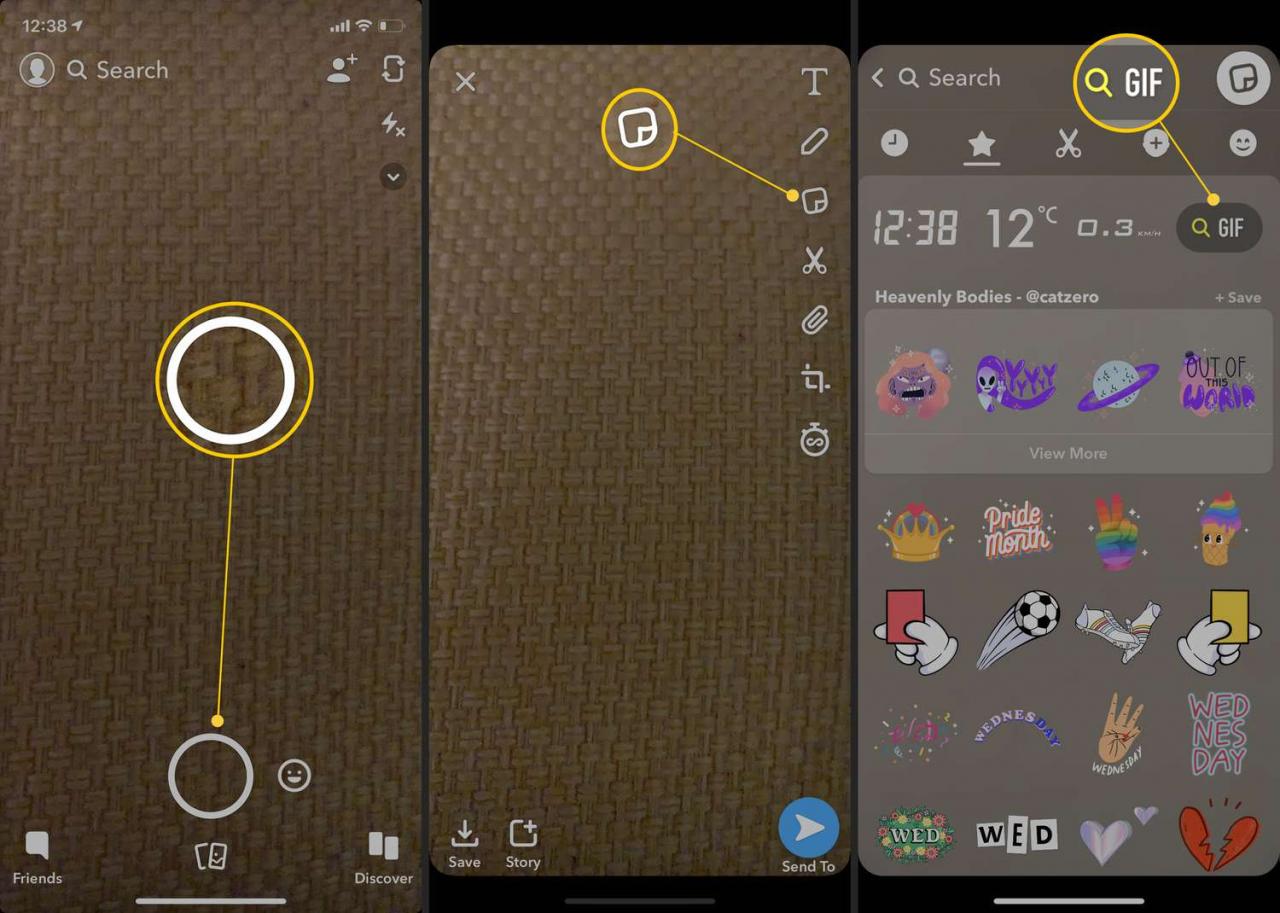
How an Event Driven System Works
Daily web interactions throughout the U.S. and the rest of the world are a constant series of brand-new occasions. That is to say, each time you visit a website, put an item in a digital shopping cart, or replay a video; that the digital world calls this action an event.
An event type can be dramatically various from others. Companies require to have a reactive system in location to enhance consumer experience and keep the stream of events streaming. Numerous software application engineers and services intend to carry out an event-driven system (EDA) to automate actions in real-time. This is how that procedure works.
Real World Replies
img
Before jumping into digital space, let’s analyze an in-person exchange that takes place across the United States daily: Real estate. In spite of COVID-19, lots of significant United States cities have actually seen a property boom that has markets sourcing to all-time highs. Business such as Venterra Realty Management, founded by John Foresi and Andrew Stewart, are at the height of real estate management.
Their company culture is the envy of their peers and the Venterra group aims to move the business forward throughout this real estate boom. Their group members respond to situations aligned with the core worths of the CEO of Venterra Realty, with speed and stability.
Occasions
Simply put, an event is a state change. As pointed out earlier, it’s frequently when a mouse click occurs. Market data shows that these take place no matter the market. Events create messages by detection, production, publication, or consumption.
It’s essential to keep in mind that the message that’s being sent out is different than the event. Simply as the occasion producer (you, the consumer) is different than the occasion. Frequently, events trigger several actions. There can be complex occasions. Usually, there is a record of notices, occasions, messages, lines called an occasion log. All of these include what makes up an occasion.
EDA
img
To understand an event driven system, you require to understand the architecture pattern of the 3 parts that comprise the workflow of EDA. These parts would be the manufacturer, consumer, and broker. Of this community, only the message broker is optional. This generally occurs when a single producer is dealing with a single customer and has direct contact. Nevertheless, the general situation consists of a broker. That’s because several outlets are continuously creating an occasion source that needs to be managed and processed properly.
Essentially, the broker works as a microservice in between the manufacturer and the customer as a brand-new method to redirect inputs and output. Venterra Realty could be collecting client information on the lives of our locals. They are trying to enhance their worker experience by providing them as much real-time information as possible. Venterra would feed the information they’re collecting into an event-driven architecture that takes a look at investing practices, lifestyles of tenants, when lease payments are made, or even whether or not they’re keeping track of the best people. Whatever Venterra Realty wants as a trigger, they can monitor the event stream processing. The business then utilizes its team members with these understood series of occasions to much better serve their clients.
All of this data can be gathered in real-time or in a near real-time way. EDA allows you to take action quickly on accounts that seem include or when the information center alerts you to a pattern you should be aware of. There might be some early disadvantages from a brand-new system having a high work, however EDA often improves your system style for the much better.













